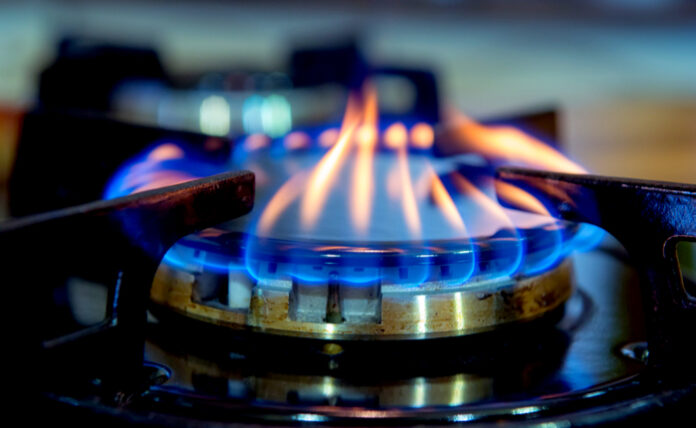All eyes have been on the energy market over the past weeks. Ever since the U.S. released over 180 million barrels of strategic reserves, we’ve seen oil prices steadily fall to now being below $100 per barrel. However, not all energy commodities have gone down. Many are continuing to go up instead. That’s the case with natural gas, whose prices surged to a 13-year high on Thursday.
Natural gas futures settled Thursday at the highest price seen since December 2008. Prices were up over 5.5% in one day, settling at around $6.359 per million British thermal units. Rising coal prices and tight supplies have helped push prices up over 70% so far this year. Many experts say that natural gas can be even more sensitive to macroeconomic concerns than oil. That’s especially the case in the European market, where gas has been in short supply for a while already.
Right now, gas inventories in the U.S. are around 17% lower than the five-year average. Similarly, European reserves are down 20% from their five-year average. The Energy Information Administration said that gas reserves are around 1.382 trillion cubic feet while also saying that the nation was witnessing a net drain of 33 billion cubic feet of gas per week. That works out to roughly one year’s worth of gas supplies before America runs out, although that figure will likely taper off long before then.
Coal tends to displace natural gas when gas prices get too expensive. However, with coal inventories also being incredibly low right now, it’s left no alternative but to use already dwindling supplies of natural gas. The situation for both energy commodities could get a lot worse soon as well. Europe has proposed a ban on coal imports from Russia.
According to the G7 in an official statement, the countries will “expedite our plan to reduce reliance on Russia for our energy, which include phasing out and banning Russian coal imports.” They also said that they would move towards reducing their dependency on Russian oil as well.
Even before this whole Russia-Ukraine conflict broke out, natural-gas prices in Europe were higher than normal. Inventories were already strained back then, with many speculating that a nasty winter season could leave many nations struggling to heat their homes.
Countries like Germany have accelerated their shift towards green energy, including dismantling their nuclear plants. However, the downside is that they’re stuck in this in-between transition state, where it’s going to take time before green energy production will make up for what was lost from nuclear if it does at all.
Given how high energy prices were, many are expecting good things to come from energy companies as the Q1 2022 earnings season kicks off next week. However, companies like Shell (NYSE: SHEL) warned shareholders that they’d reported a $5 billion loss due to having to quickly sell off their Russian oil business. It’s a similar story with other big energy companies also, whose rush to divest their Russian partnerships due to political concerns has led to many getting far less for those same assets they would otherwise have gotten in a normal market.










